Written by: Zoe Glover |
| AFRICAN GREY PARROT African grey parrots are an endangered species mainly found in the lowland moist forests of central and West Africa, as well as the island of Principe. In their natural habitat, African greys are omnivorous, and mainly feed on nuts, fruits, leafy matter, insects, bark, and flowers. Social and chatty birds, they communicate within their flock using squawks, whistles, shrieks, and screams. The adult African greys have pale grey plumage, or feathers, with whitish edges on the head and neck and a prominent bright red tail. Juveniles, however, have a grey-tinged undertail with a bright red tip. Here at the zoo, we have Zari, our chatty Ambassador Animal, so be sure to look for her on programs! |
| HARRIS’S HAWK Harris’s hawks are social raptors, as they live in family groups or groups of three or more, which helps them protect each other from threats such as Great Horned Owls, ravens, and coyotes. These carnivorous birds use their impressive eyesight to catch prey, as it is believed that if they were able to read, they could read a newspaper headline from a whole football field length away. They will engage in a unique behavior called “back stacking”, which is a behavior where they will stand on each other when there is a lack of perching spots. These birds are typically found in southwestern United States, northwestern Mexico, and Central America into South America. You can see our Ambassador Harris’s hawk, Arwen, in our Upper Farmyard housed with our Ambassador Eastern red-tailed hawk Aredhel. Even though Aredhel is not a Harris’s hawk, and they have plenty of perching space, maybe you’ll see Arwen try to “back stack” Aredhel! |
| BARRED OWL Barred owls are very common throughout their range, which includes the Eastern United States, north into Canada, south into Florida and Texas, and the Pacific Northwest. They have a unique courtship mating call that is like the phrase “who cooks for you, who cooks for you all.” Barred owls tend to go for easy to catch prey, but will eat insects, amphibians, reptiles, birds, and mammals. While Barred Owls are apex predators, they are often threatened by great horned owls and will often move to a different territory if a great horned owl is nearby. As for nesting, barred owls prefer to nest in abandoned hawk or crow nests, large deep hollows in trees, or nest boxes. You can see our barred owls in two locations: in the Upper Farmyard, where you will see Xena and Athena, or next to the bison habitat, where you will see Mist. Maybe you’ll hear their unique call! |
| SANDHILL CRANE Sandhill cranes are of least concern, as they are found throughout North America during the spring, summer, and fall and the southern United States and Northern Mexico during the winter. Sandhill cranes have black legs, a body of grey feathers, and a stunning red cap of feathers on their head. Their bills have a variety of uses, which can include eating their omnivorous diet, preening, to using it as a weapon. If you ever see a male-female pair of sandhill cranes, you might witness their courtship dances, which is characterized by the stretching of the wings, pumping of the head, bowing, and leaping. With any sandhill crane, you may hear their call, which is described as sounding like a rolling trumpet sound. They can produce this unique sound due to their long windpipes. You can see and hear our Sandhill Crane, Gantry, in Alligator Alley. |
| WHITE-NAPED CRANE White-naped cranes are a vulnerable species due to habitat loss from wetland conversion for agriculture, hunting, human disturbance, fire, and pollution. White-naped cranes are usually found in northern Mongolia, southern Siberia, Korea, Japan, and central China. While these cranes look like our sandhill crane, the placement of certain colored feathers are different: they have white feathers on their nape, or back of their neck, gray plumage throughout most of their bodies, and a patch of red feathers surrounding their eyes. Like Sandhill Cranes, they also exhibit courtship dances, but it is believed that dancing is normal and essential for motor development, relieving tensions, and strengthening bonds. They are omnivorous birds, as they eat seeds, roots of aquatic plants, insects, small amphibians, and small rodents. Our white-naped cranes, Cora and McDuffy, can be found in the large field next to the Natt Family Red Panda Habitat. |
| BALD EAGLE Bald eagles are a threatened species that are found throughout North America, specifically Alaska and Canada, although some have been seen in the skies and trees around Connecticut’s Beardsley Zoo. While the species is currently at a threatened status, according to the International Union for Conservation of Nature’s (IUCN) Red List of Threatened Species, bald eagles were previously in danger of extinction due to the use of the pesticide Dichlorodiphenyltrichloroethane or DDT. When DDT was used, the pesticide would runoff into nearby lakes and streams, where it would be absorbed by the fish. When the bald eagles consumed the fish, the DDT would negatively affect the strength of their eggshells. These birds are carnivorous, known to use their prominent talons to catch prey such as fish, small mammals, and carrion. Bald Eagles are believed to mate for life, as they build nests for their eggs annually. You can see our bald eagle Kodiak and his large talons in his temporary home between the tiger and leopard habitats. |
| ANDEAN CONDOR Andean Condors are an endangered species found along the Andes Mountain range in South America. Like their vulture counterparts, they are known to feed on carrion, or dead prey. These birds are large and are known to have one of the largest wingspans along with their counterparts, the California condors. Additionally, they are one of the few large birds that can fly. One can distinguish a male and female Andean condor by the color of their eyes: males have yellow eyes while females have red eyes. Age is on the side of these birds, as they can live up to 75 years of age in captivity. Connecticut’s Beardsley Zoo is known to have cared for possibly one of the oldest Andean condors in human care who died at close to 80 years of age. Here at the zoo, we have one Andean condor named Teresita who is in her sixties. Be sure to look for her red eyes! |
| GREATER RHEA Greater Rheas are large, South American, flightless birds that are about five feet tall and can get up to ninety pounds. While you may first think that this bird is an ostrich or emu, you are not far off, as they are closely related to ostriches, emus, cassowaries, and kiwis. Despite the long legs, greater rheas will only run during social activities such as trying to get a mate or to escape predators. When they do run, however, they will run in zigzag patterns, which is guided using their wings and necks. Greater rheas are omnivorous, with eating plant matter such as fruits and seeds, and animal matter such as insects, lizards, birds, and small game. You can see our greater rhea, Boomer, in the Grasslands area. Maybe you’ll see him run in a zigzag pattern. |
| TURKEY VULTURE Turkey vultures are common birds but are protected under the Migratory Bird Treaty Act. While turkey vultures are much smaller than Andean condors, they are similar in that both do not have feathers on their head, and will eat carrion, or dead prey. Turkey vultures prefer fresh carrion and will eat roadkill, rotting fruit and vegetables, plant matter, invertebrates, reptiles, and feces or dung. Not only are Turkey Vultures able to detect dead prey due their great sense of smell but are often used by engineers to detect a gas called ethyl mercaptan, which is often produced by dead carrion. Their feet cannot rip up prey, as they do not have talons like hawks, but feet like chickens. They compensate for this with their beaks, which have great tearing ability. You can see our turkey vulture, Meatball, in the Farmyard. |
| SCARLET IBIS The scarlet Ibis is of least concern but is in danger of human disturbance in nesting areas and hunting for meat and feathers. They live in areas such as mangroves, muddy estuaries, and tidal flats and are typically found in Northern Venezuela, Brazil, Central America, southern United States, and a small area south of the Sahara in Africa. These birds are usually quiet, only making an alarm call when they are startled. One may notice their bright pink/orange feathers, which they usually get from the crustaceans in their diet. Here at the Zoo, they receive special food items with this pigment to maintain their feather color. Their diet must be maintained with this color, or you will see signs of fading color when they molt. You can see our two scarlet Ibises, O’Hara and Bruno, and their beautiful and vibrant feathers in the Rainforest Building. |
| BOAT-BILLED HERON Boat-billed herons are of least concern, as their range is Southern Mexico and throughout central and South America. Boat-billed herons have unique behavior that is literally and figuratively day and night. During the day, they will roost in large groups, but at night, however, they remain solitary. It is potentially believed that these birds not only use their great eyesight to catch prey such as fish, shrimp, insects, small mammals, and amphibians, but it is believed by scientists that they rely on touch to catch prey. Boat-billed herons have a variety of unique sounds which include a high-pitched “pee-pee-pee”, deep croaks, and bill pops that sound like humans clapping their hands. You can see our two Boat-billed herons, Burt and Loni, in the Rainforest Building- and if you hear clapping, it might be them! |
| Ringed Teal Ringed teals are of least concern and are one of the smallest duck species in the world. These omnivorous ducks are typically found in the forested wetlands in countries in South America such as Bolivia, Paraguay, Brazil, Argentina, and Uruguay. Ringed teals are dabbling ducks, meaning that they do not submerge their bodies underwater to get food, rather they dip their bills, heads, and necks into the water to gather food. When ducklings are hatched, they are fully developed, or precocial, and will follow their parents soon after hatching. One could tell the difference between a male, or a drake, and a female, or a hen, by not only their plumage, but by their sounds as well. Females have a less vibrant plumage and a harsh “quack” while males have bright plumage and a soft, long whistle. You can see Captain Morgan, our 19-year-old ringed teal duck, in our Rainforest Building. |
| BARN OWL The barn owls are of least concern and are found internationally, however, they are endangered in Connecticut. They are typically found on all non-desert and non-polar regions of all continents except for Antarctica. While people typically know owls for their “hoot” sound, barn owls make a screeching sound. Like most other owl species, barn owls have soft feathers, which allows them to remain quiet when they hunt at night. Animals that they will hunt include rats, voles, shrews, and mice, however, they will sometimes eat lizards or amphibians. Like bald eagles, they are either solitary or found in mating pairs, and will not go to another mate unless something happens to their mate. You can find our barn owl, Spector, in the Lower Farmyard. Hopefully they are a “screech”! |
| NARRAGANSETT TURKEY Narragansett turkeys are a Heritage Breed species, or breeds developed in the past for specific purposes, that were named after their place of development: Narragansett Bay in Rhode Island. Their valuable traits are their early maturation, egg production, and high meat quality. These birds have a calm disposition and great maternal abilities. Narragansett turkeys have up to twenty different vocalizations, with the male using the common “gobble” to attract mates. You can see our turkeys, one male and two females, in the Lower Farmyard. Maybe you’ll hear them gobble! |
| COMMON RAVEN The common raven is of least concern and has a wide range and variety of habitats which include Arctic and Temperate regions of North America and Eurasia and as far south as the mountains of South America and North Africa. Intelligence is on their side, as ravens have problem-solving capabilities that match that of humans and some great apes. Ravens are omnivores, eating a variety of plants, such as seeds and wild fruits, and animals, such as small rodents, lizards, frogs, mollusks, and insects. Ravens have vocal sounds, which can include mimicking animal calls and human voices, and non-vocal sounds, which can include bill snapping and wing whistles. You can see our very intelligent common raven, Azriel, in the Lower Farmyard. |
Leave a Reply.
Archives
July 2024
June 2024
May 2024
March 2024
February 2024
December 2023
November 2023
October 2023
September 2023
July 2023
June 2023
May 2023
April 2023
March 2023
February 2023
January 2023
October 2022
September 2022
July 2022
January 2022
September 2021
March 2021
February 2021
January 2021
December 2020
July 2020
June 2020
April 2020
March 2020

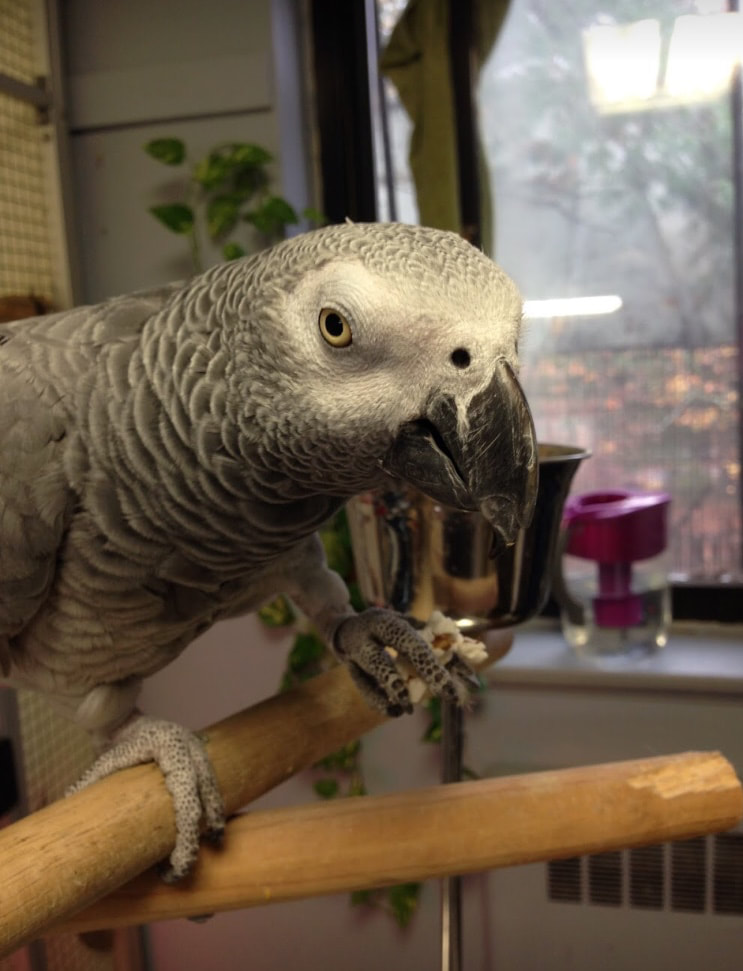
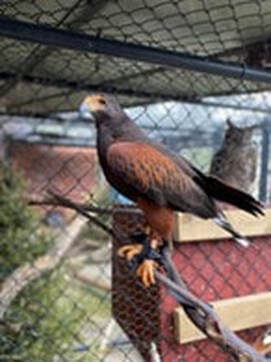
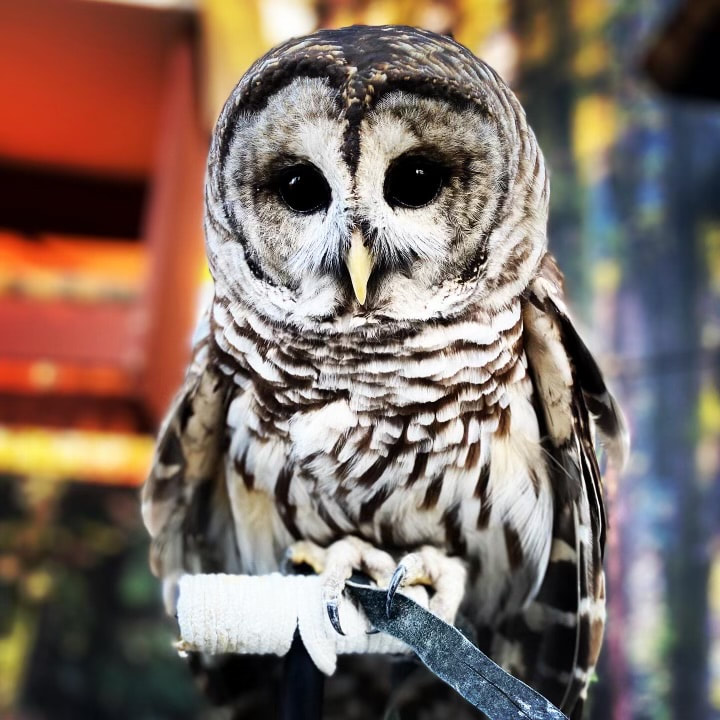
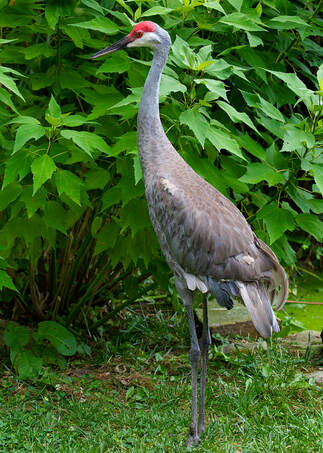
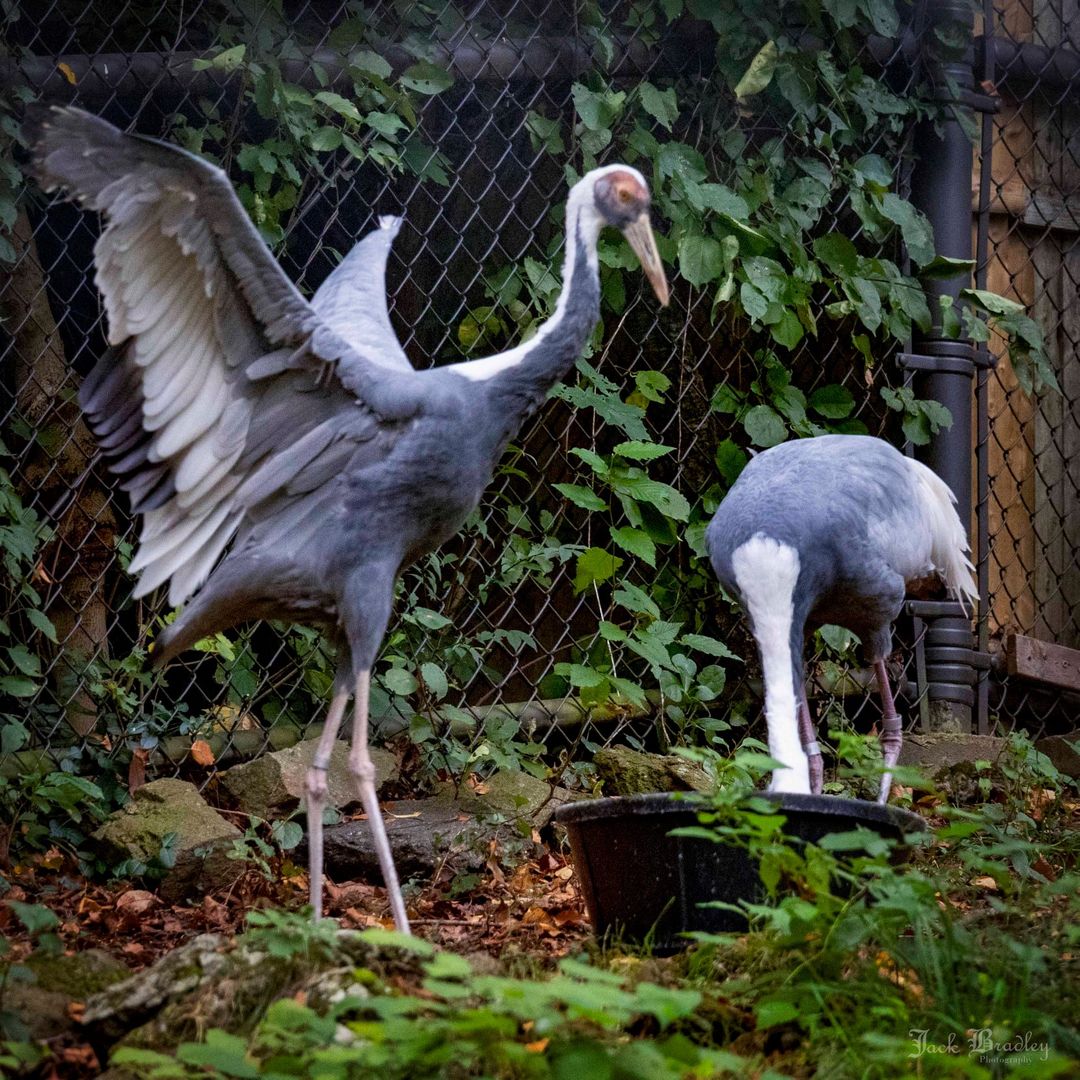
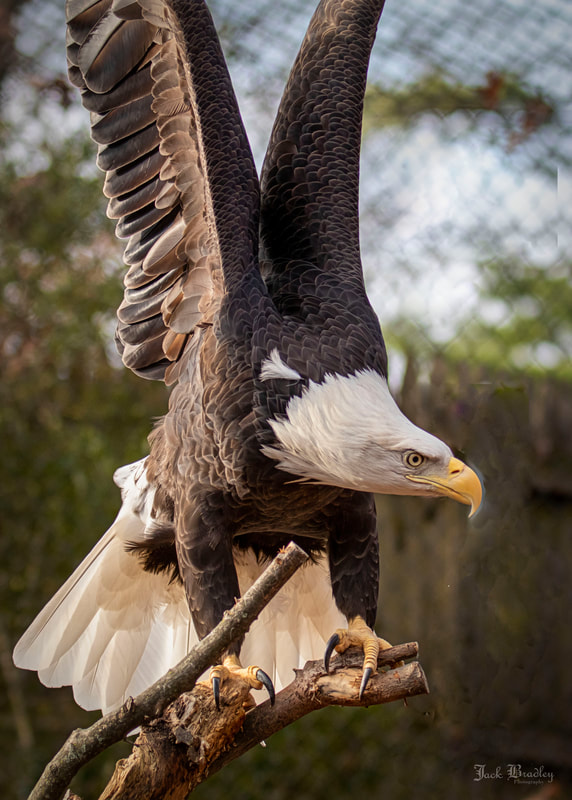
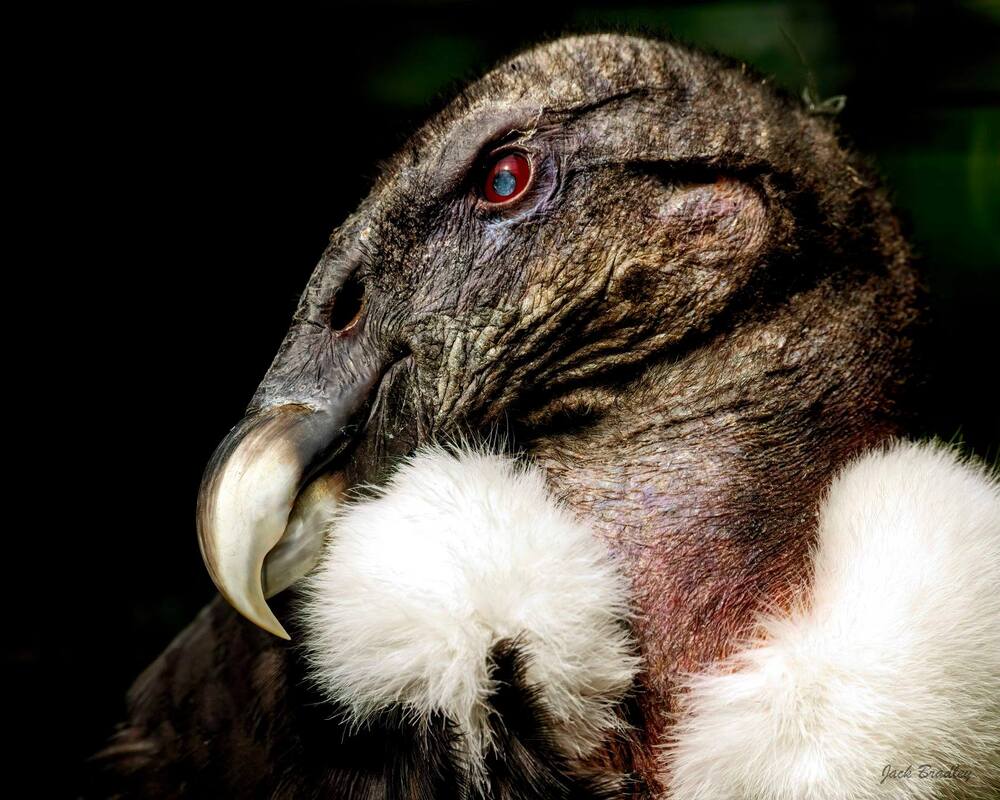
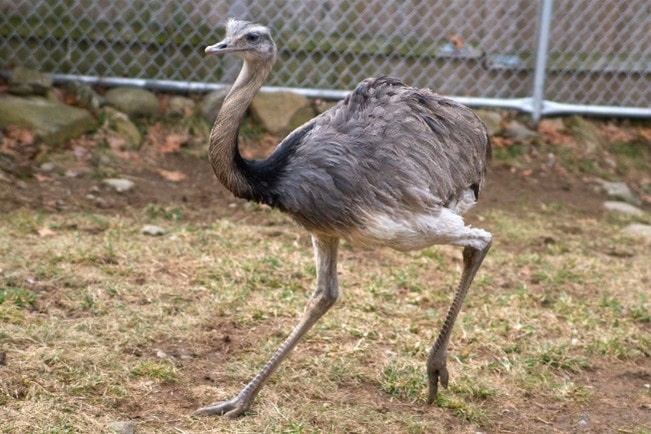
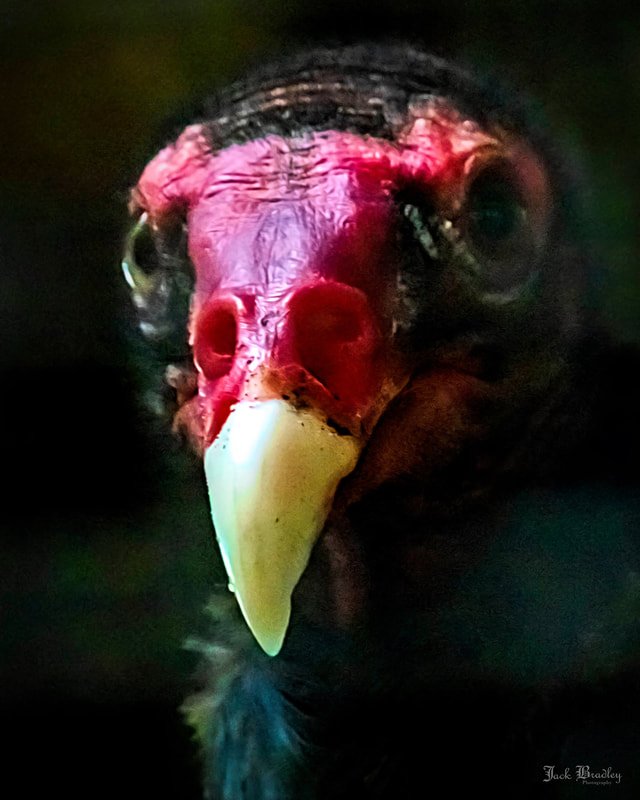
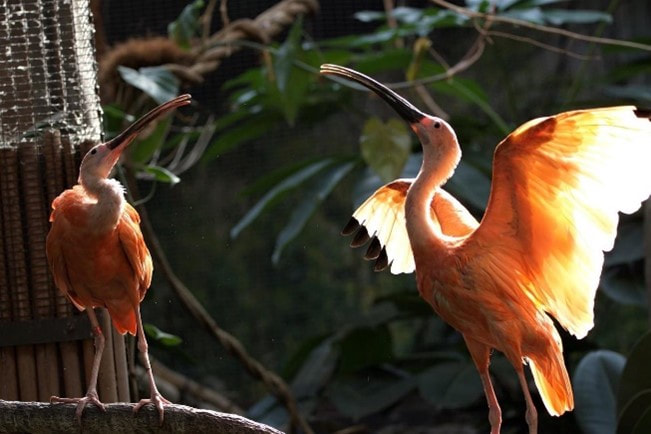
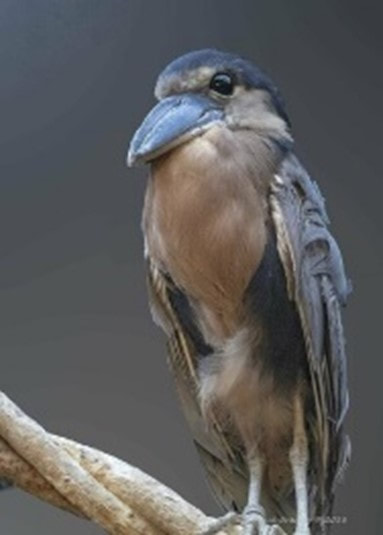
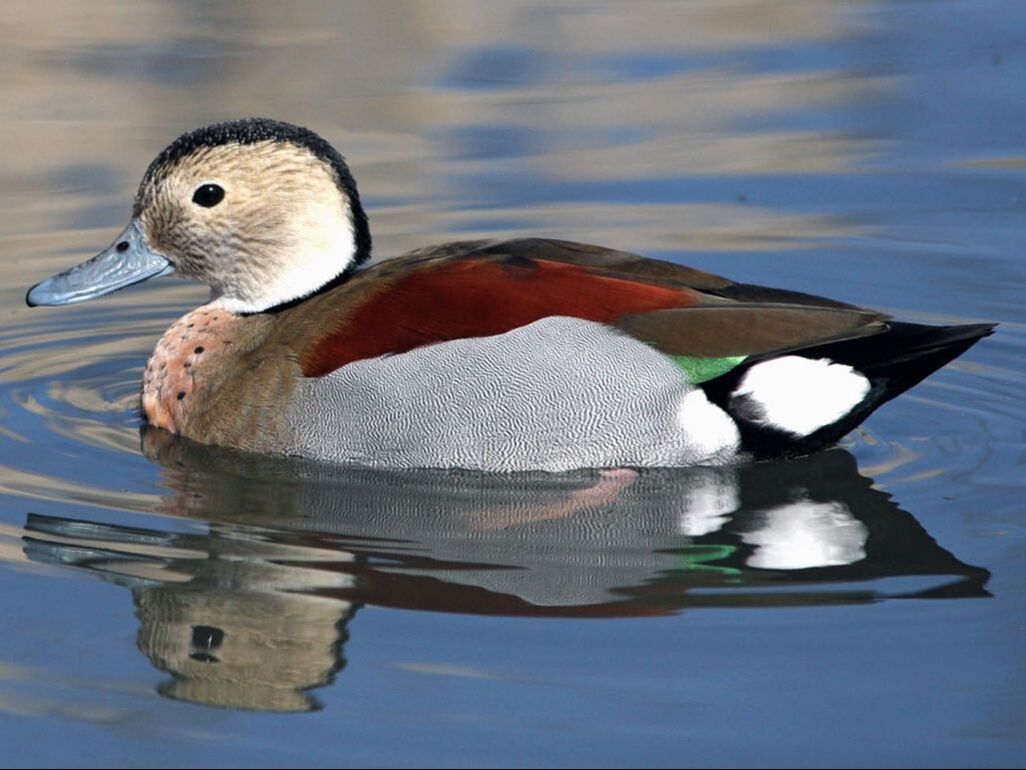
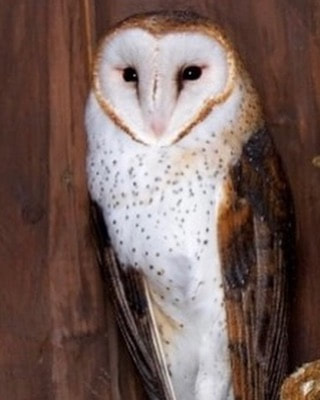
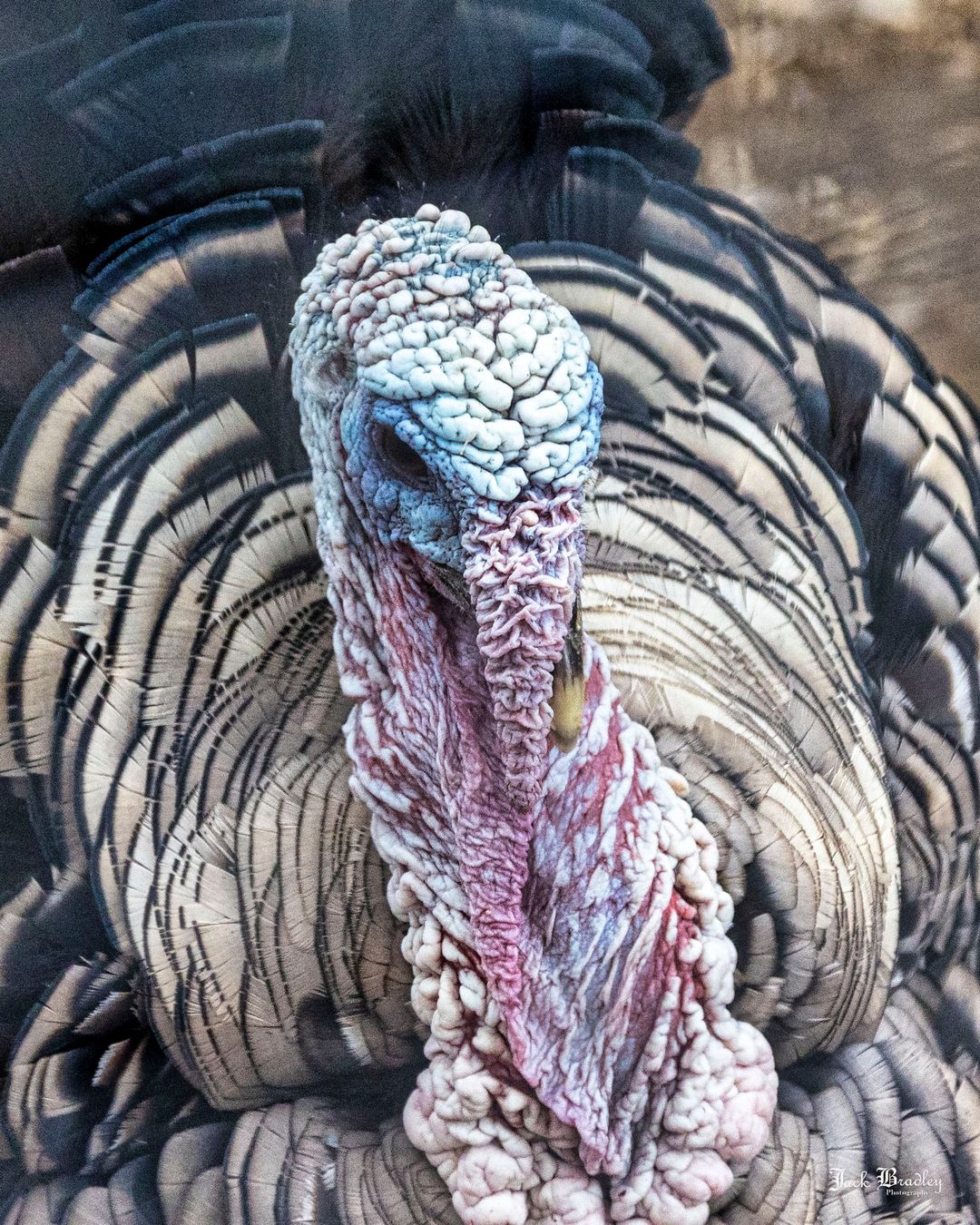
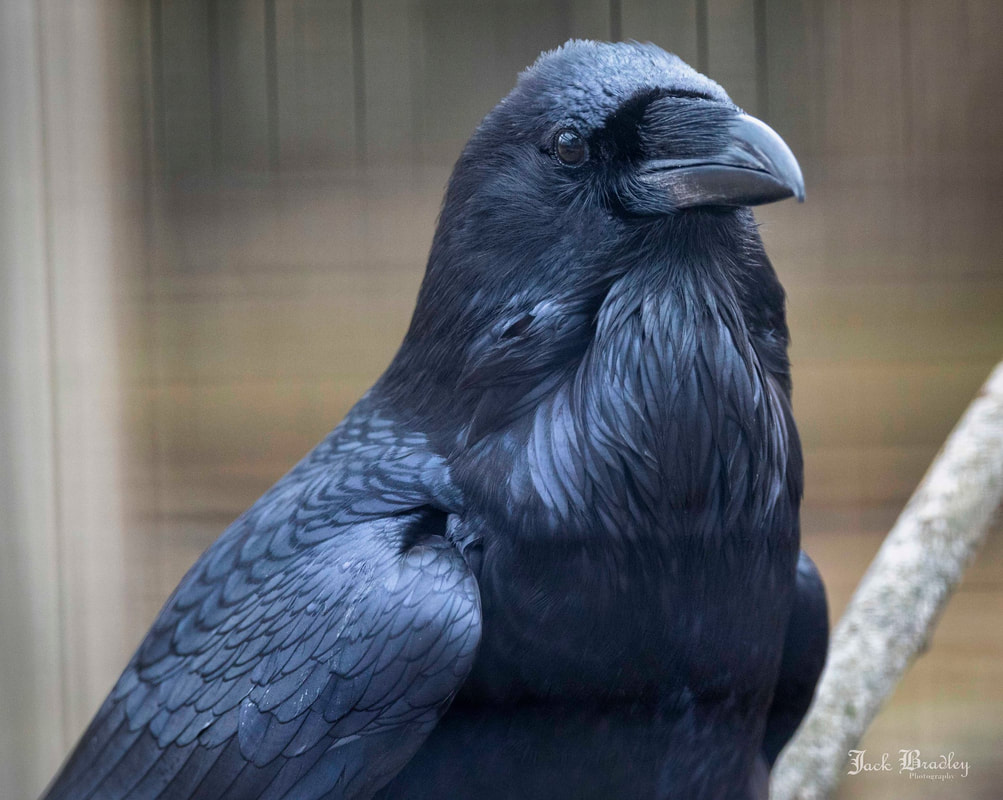
 RSS Feed
RSS Feed





